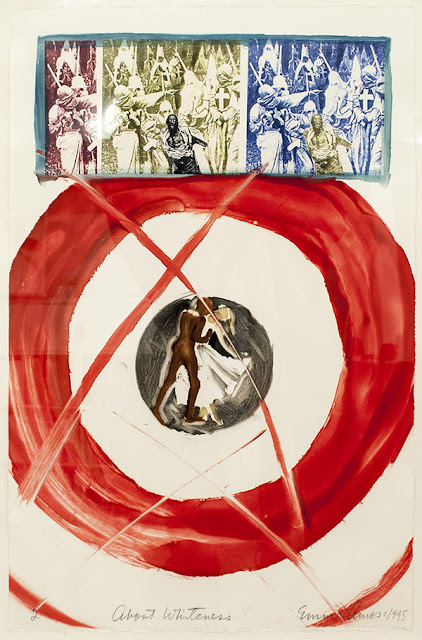In recognition of the
importance of Juneteenth, Athraigh Print Studio presents a small exhibit of
prints created by African American printmakers in honor of Harriet Tubman:
Harriet Tubman, American,
1822 - 1913
albumen and silver on
photographic paper on card mount
Collection of the National
Museum of African American History and Culture shared with the Library of
Congress
Margaret Taylor Burroughs
Harriet Tubman, 2001
Lithograph
Margaret Taylor Burroughs
Harriet Tubman, 1953
Lithograph
Lithograph
Charles White
Exodus I: Black Moses
(Harriet Tubman), 1951
Linocut on paper
Elizabeth Catlett
In Harriet Tubman I Helped
Hundreds to Freedom
1946, printed 1989
Linocut
Elizabeth Catlett
Harriet, 1975
linocut
Elizabeth Catlett
Untitled (Harriet Tubman), 1953
Linocut
Please check out the YouTube version:
For more on the
printmakers, please go to:
If you wish to view higher
res images of this or any of the past posts please visit the Athraigh Print
Studio
Twitter:
















